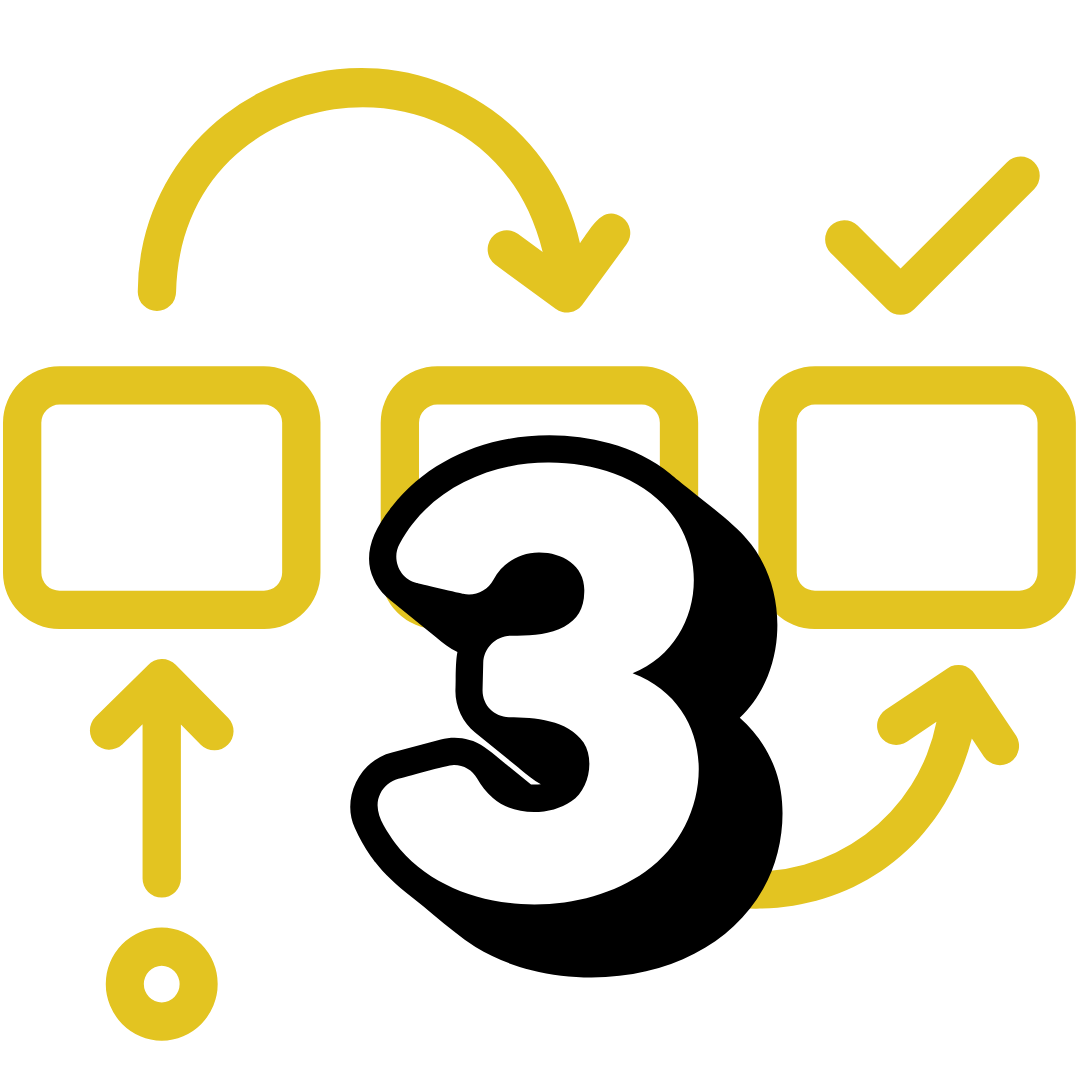Turn Your AI From a Content Mill Into a
Conversion Engine.
This is for you if you're creating more content than ever, but seeing fewer results. Let's fix that.
You're Stuck on the "AI Content Hamster Wheel."
You've got the tools. ChatGPT, Claude, the works. You're cranking out blog posts and social media content at lightning speed.
So why does it feel like you're running in place?
Your audience scrolls right past your posts because none of it feels relevant to them.
Your content is indistinguishable from your competitors' because everyone is using the same generic prompts.
You're creating 10x more content but your conversion rates haven't budged, because more noise doesn't equal more revenue.
If this sounds familiar, you're not alone. The problem isn't your AI tools. It's that you're using them without a strategy.
My "No BS" System for Profitable AI Content
Better prompts aren't the answer.
A better strategy is.
We install a simple, repeatable system to ensure every piece of AI-generated content serves a single purpose: to grow your business.
1. Strategic Audit & Pain Point Mapping
We start by analyzing what's working and what's not. Using the "So What?" framework, we map your customers' deepest pain points to specific content opportunities, creating a strategic blueprint for what to create.
2. Authentic Voice Integration
We build a "brand voice" model for your AI, ensuring every first draft it produces sounds like it came from you, not a robot. This involves defining your unique vocabulary, tone, and storytelling style.
3. The "Human + AI" Collaborative Workflow
We design a simple, efficient workflow that clarifies exactly when to use AI for speed (research, drafting) and when to apply a human touch for strategy and soul (editing, adding personal stories).
4. Conversion-Focused Measurement
We shift your focus from vanity metrics ("posts published") to sanity metrics ("leads generated," "sales influenced"). We build a simple dashboard to track what's actually converting, so you can double down on what works.
The Difference Is Strategy.
See how a strong foundation transforms generic AI output into a compelling message.
Headline: 5 Ways to Improve Your Marketing ROI
Problem: Focuses on what the business wants to talk about, not the customer's real pain. It's generic and forgettable.
Generic AI Content
Headline: 5 Ways to Stop Wasting Money on Marketing That Doesn't Work
Result: Addresses the real emotional pain point (wasting money). AI still helps write the content, but it's guided by a human strategy that connects and converts.
Strategic AI Content
Your AI Content Strategy Toolkit
You get a complete set of tangible assets that give you full control over your content engine.
Content Performance Dashboard
A simple framework to track the metrics that actually matter to your bottom line.
Custom Prompt Library
A collection of strategic prompts built around your brand voice and customer pain points.
The "Human + AI" Content SOP
A step-by-step guide for your team to create high-quality, on-brand content efficiently.
Content Pillar & Topic Matrix
A strategic plan outlining the core themes and specific topics that will attract and convert your ideal customers.
The "So What?" Content Checklist
A simple filter to ensure every piece of content you publish is valuable and effective.
Where This Fits in Your Growth Engine
This service is designed to perfect your content creation process.
Depending on your needs, it can be a standalone solution or part of a larger system.
Need to define your core message first?
If your foundational brand story is unclear, start with our Brand & Messaging Strategy service. A powerful message is the fuel for a powerful content engine.
Ready for a fully connected system?
If you want to integrate your content strategy with your email, SEO, and sales funnels, our Integrated Marketing Systems service is the next step.
Common Questions About AI Content Strategy
-
We don't start with the AI; we start by codifying your voice. We build a guide that AI uses as its filter, ensuring every draft is infused with your unique personality, which you then polish.
-
Brand & Messaging is about defining your core story and value. This service is about scaling that story through content. You need the first to effectively do the second.
-
No. My framework is tool-agnostic. It's designed to make whatever tools you're already using (or the free ones) exponentially more effective because it provides the missing strategic layer.
Ready to Get Off the Hamster Wheel?
Let's build an AI content strategy that creates customers, not just content.








